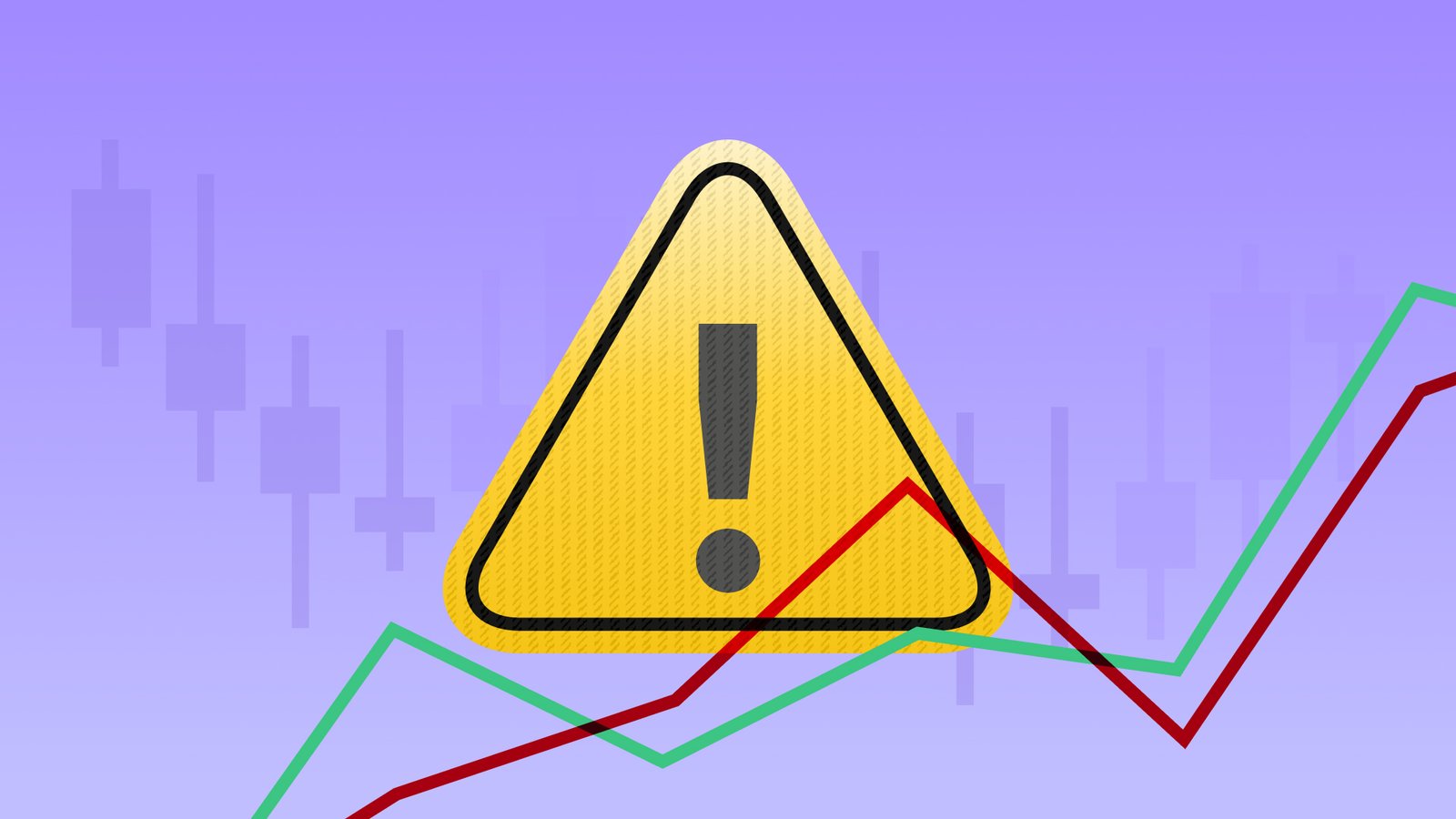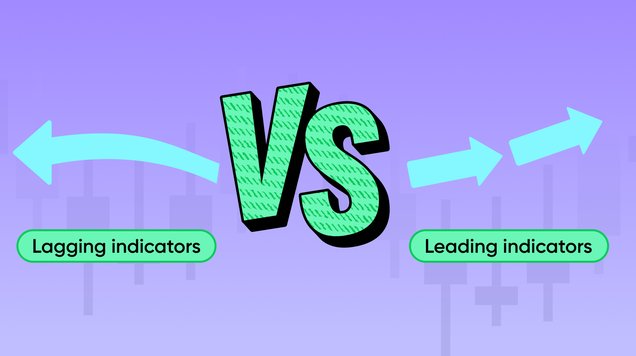Risk sentiment
Risk sentiment refers how market participants feel about taking risk. Read our guide and learn how to include market mood measures in your trading strategy.

Risk sentiment can be categorised into risk-on and risk-off
Risk-on sentiment means the overall attitude is positive and investors are mostly buying, while risk-off refers to a more cautious outlook and traders are mostly selling
Sentiment is based on a number of interrelated factors such as market events and interest rate shifts
Risk sentiment generally affects a range of financial instruments in similar ways
Recognising risk-on and risk-off assets can help traders to spot trade ideas and establish well-informed risk management strategies
What does risk sentiment mean?
Risk sentiment is a financial concept that refers to the collective attitude of market participants toward risk-taking, influencing their behaviour and investment decisions. It involves the general mood and perception within a financial market regarding the level of risk associated with assets, providing an overall attitude prevailing in the market at a given time.
In financial markets, risk refers to the possibility that something can affect your investment which then results in a loss of invested capital. This may occur when the price of the asset takes an unfavourable move because it has been influenced by unexpected market events.
When market risk sentiment is positive, investors and traders are likely more willing to invest in higher-risk assets. In contrast, negative risk sentiment often leads to a preference for low-risk investment products.
Various factors, including economic indicators, geopolitical events, black swan occurrences, and central bank policies, can contribute to shaping the ever-changing sentiment landscape. However, with a range of market analysis tools and keeping alert of market news, many traders are able to confidently use risk sentiment to create successful strategies.
Types of risk sentiment
Risk-on and risk-off are the most common sentiment categories and they represent contrasting market outlooks.
- Risk-on sentiment: When traders feel confident that market or economic data is positive, they are likely to take on more risk in the hope of gaining higher returns quickly. Often strong job reports, positive company earnings, and supportive federal or fiscal policies, will trigger investors to look for opportunities in higher risk assets like tech stocks, exotic currencies, or commodities like oil and copper.
- Risk-off sentiment: When traders are feeling cautious due to negative market sentiment or weakening economic indicators, they are less likely to take on risk and will tend towards safer investments with lower returns or other strategies that prioritise protecting their capital. Triggers for a risk-off mood include underperforming job reports and geopolitical tensions, and in these conditions investors are likely to lean towards gold, government bonds and stable currencies like USD.
What factors influence risk sentiment?
Risk sentiment is a complex concept, but understanding its influencing factors can help investors assess a market’s prevailing mood.
Economic indicators: Economic data and indicators, such as GDP growth, employment figures, manufacturing indices (such as ISM Manufacturing Purchasing Managers Index (PMI) and S&P Global Manufacturing PMI), can accelerate risk-on or risk-off sentiment depending on the data. Positive growth figures support risk-on, and negative typically trigger risk-off. These indicators are also used to reflect the periodic health of national economic sectors.
Geopolitical events: Geopolitical developments (such as trade tensions, political instability, or international conflicts) can significantly impact risk sentiment. Resolutions can trigger risk-on market moods, but typically political uncertainty will breed risk-off sentiment.
Black swan events: A black swan event describes an unpredictable and rare occurrence that radically changes widespread perception. The term comes from an ancient saying “black swans don’t exist” which was disproved in the 17th century, turning the phrase into a symbol that improbable is not only possible - but can have a massive impact. In trading, black swan events will almost always trigger risk-off sentiment but the spikes in volatility can also create highly rewarding outcomes. Some of the most recent black swan events include the 2008 Financial Crisis and the Covid-19 Pandemic.
Interest rate decisions and monetary policies: Risk sentiment is affected by central bank monetary policies (such as interest rate hikes or cuts) and are most impactful when policies are shifting or banks are initiating a change in rate regime. Accommodative monetary policies (such as low interest rates), can contribute to risk-on sentiment, while tightening measures may lead to risk-off sentiment. These decisions are always announced in advance so traders have time to prepare accordingly. The US Fed (FOMC) and Bank of Japan’s Policy Board meet 8 times yearly, the European Central Bank (ECB) meets every six weeks, and others such as the Bank of England (BoE)'s Monetary Policy Committee (MPC) and the Reserve Bank of Australia meet monthly.
Risk-on and risk-off assets
It’s crucial that traders understand the opportunities that risk-on and risk-off environments create for financial assets. Assets may perform better or worse during the development of a risk sentiment or the period when a specific sentiment is occurring.
Let’s look at both risk-on and risk-off assets:
- Risk-on assets
Stocks: Shares of companies, especially those in sectors like technology, consumer discretionary, and emerging markets, are often considered risk-on assets. These include major international companies, such as Apple, Amazon, and Meta.
Commodities: Certain commodities, especially those linked to economic growth, are classified as risk-on assets. These include silver, copper, and Crude Oil (Brent & WTI).
Currencies: Higher-yielding and more volatile currencies, often associated with emerging markets, are considered risk-on currencies, such as Chinese Yuan (CNY) and South African Rand (ZAR). Other examples of risk-on currencies include minor currency pairs such as the Great British Pound (GBP), the Euro (EUR) and the New Zealand Dollar (NZD).
- Risk-off assets
Government Bonds: Securities issued by stable governments, such as US Treasuries, German Bunds, and Japanese Government Bonds (JGBs), are widely considered as safe-haven assets.
Gold: Often viewed as a store of value and a hedge against uncertainty, gold tends to be sought after during risk-off periods.
US Dollar: The US dollar is considered a safe-haven currency and tends to strengthen during risk-off sentiment.
Japanese Yen: Like the US dollar, the Japanese yen is often considered a safe-haven currency.
Swiss Franc: The Swiss franc is another currency that investors may turn to during risk-off periods.
Utilities and defensive stocks: Stocks in sectors like utilities and consumer staples, which provide essential goods and services and are less sensitive to economic cycles, are often seen as defensive and sought after during risk-off sentiment. These include, for example, Procter & Gamble (P&G), NextEra Energy, Pfizer Inc., and Walmart.
How to benefit from risk sentiment
Here are some common strategies that traders can use to manage and benefit from risk sentiment.
- Diversify your portfolio
Consider diversifying your portfolio across different sectors like stocks, commodities, and high-yield currencies to capitalise on potential opportunities. In a risk-on environment, higher risk assets like oil and tech stocks may experience upward trends. In risk-off, safe haven assets such as gold and stable currencies like USD may create opportunities. It helps to consider both sentiments in your portfolio to navigate markets successfully.
- Monitor economic indicators
Stay attuned to economic indicators and positive sentiment indicators. Keep alerts on for central bank announcements in the economies you are trading. If you are trading with a risk- on strategy, look for signs of economic growth, strong corporate earnings, and improving consumer confidence.
- Use leverage wisely
While risk-on and risk-off environments can present profitable opportunities to add leverage, please remember that both losses and gains can magnify equally. Always set reasonable leverage ratios aligned with your risk tolerance, and remember to practice with a trading demo if you are unfamiliar with the momentum of leverage on live markets.









